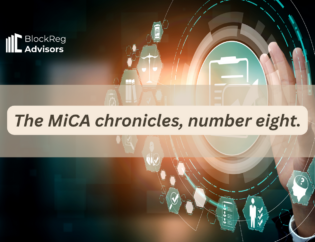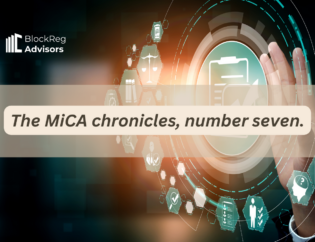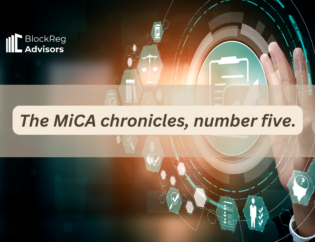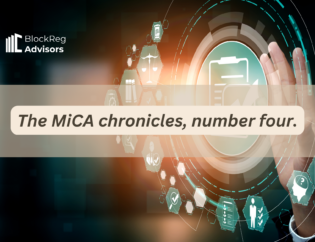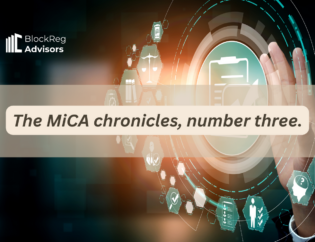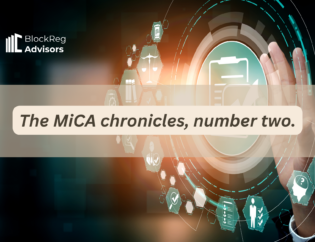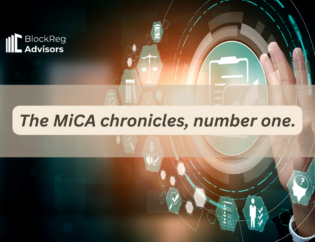
Supervisory colleges, part II: new structures of financial supervision
Supervisory colleges: what are they, and what is their purpose?
Supervisory colleges are informal or formal groupings of supervisors established to facilitate the supervision of international credit institutions – credit institutions with branches or structures in different jurisdictions. They have been around for some time already and became more important with the financial crisis of 2008. They are regulated under articles 51(3) and 116 of the Capital Requirements Directive (CRD), and they are established by agreements entered between the members of the college, typically all national competent authorities (NCAs) of the EU (and, in some cases, NCAs from third countries) responsible for the supervision of a specific credit institution and its branches.
However, since the establishment of the Single Supervisory Mechanism (SSM) in the EU, supervisory colleges of banks operating with respect to institutions doing business only in the Eurozone have been ceased. This is because the SSM centralized certain supervisory tasks in the European Central Bank (ECB), creating a new form of enhanced cooperation between NCAs under the sphere of the EU’s central bank.
In the SSM, supervision of significant entities is exercised by a team composed by staff of the ECB and staff of the competent authority responsible for banking supervision in the local jurisdiction of the significant credit institution. The SSM is ruled by a Supervisory Board, composed by representatives of all NCAs and four ECB representatives. The idea is to centralize supervision of institutions that are sufficiently large for its situation to have systemic effects on the stability of the Euro area. The SSM only covers credit institutions (i.e., banks): other payment entities (such as electronic money institutions or EMIs) and financial institutions are outside of its scope.
In this sense, the supervisory model of the SSM is an improvement on the model of supervisory colleges, that had just a coordinating and consulting function, but where effective supervision (application of measures and controls) was organized locally, depending on the business that was being executed in each jurisdiction.
The supervisory college model is used in MiCA in the supervision of significant stablecoin issuers: issuers of asset-reference tokens (ARTs) and e-money tokens (EMTs) that fulfil any of the criteria set in articles 43 and 56 of MiCA, meaning that the issuer falls under some of the following situations:
- the number of holders of the asset-referenced token is larger than 10 million;
- the value of the asset-referenced token issued, its market capitalisation or the size of the reserve of assets of the issuer of the asset-referenced token is higher than EUR 5 000 000 000;
- the average number and average aggregate value of transactions in that asset-referenced token per day during the relevant period, is higher than 2,5 million transactions and EUR 500 000 000 respectively;
- the issuer of the asset-referenced token is a provider of core platform services designated as a gatekeeper in accordance with Regulation (EU) 2022/1925 of the European Parliament and of the Council (43);
- the significance of the activities of the issuer of the asset-referenced token on an international scale, including the use of the asset-referenced token for payments and remittances;
- the interconnectedness of the asset-referenced token or its issuers with the financial system;
- the fact that the same issuer issues at least one additional asset-referenced token or e-money token, and provides at least one crypto-asset service.
According to the Regulation, supervision of significant stablecoin issuers is of the responsibility of the European Banking Authority (EBA), with some exceptions if the issuer provides commercial services regarding crypto-assets, according to article 117 (1) and (2). EBA must exercise this supervision together with other competent supervisory institutions – the NCA responsible for receiving the ART issuing request or responsible for supervising the EMI. This system is not like the SSM framework, where the Governing Council of the ECB must take decisions based on draft proposals submitted by the Supervisory Board of the SSM. However, there are some similarities, since the MiCA supervisory system for significant entities is also to some extent a collaborative effort between a central, EU regulator and the local supervisory authority, just like the joint supervisory teams in the SSM.
Supervisory colleges are regulated in article 119 of MiCA. The purpose of the colleges is to help streamline supervisory tasks, by enhancing coordination between the different competent supervisors. The colleges are created, managed, and chaired by EBA, once a stablecoin is considered significant. They are consultive, meaning that they have an advisory function in relation to supervisory acts exercised by EBA (such as, for example, the power to do inspections, in article 124, to significant issuers, or to apply supervisory measures such as fines, in article 130).
Each college is dedicated to one issuer, being composed by several institutions, according to article 119(2). EBA’s proposal of regulatory technical standards (RTS) defines in more detail how to assess who are the most relevant entities for the purpose of article 119(2) in its articles 2 and 3. Therefore, the college is composed by entities such as ESMA, the ECB, the NCA of the significant issuer, the NCAs of jurisdictions that may have a connection with the business structure of the significant issuer (such as the entities holding in custody the reserve of assets or funds of the issuer), the NCAs of the jurisdictions of the most significant crypto exchanges offering the significant ART or EMT for trading, and the NCAs of the jurisdictions of the most relevant payment service providers offering the significant EMT. Other institutions may participate, such as Central Banks from non-eurozone Member States or authorities from third countries.
The supervisory colleges established by MiCA are similar to supervisory colleges established under the CRD in terms of their purpose and structure. They serve to exchange information and to coordinate supervisory actions, entrusting tasks to one another, with respect to each college member’s competent jurisdiction, according to article 119 (5) and of articles 10 and 11 of the proposed guidelines. However, the MiCA colleges have also the power (and duty) to provide non-binding opinions respect to a variety of situations concerning the significant issuer, as established in article 120 MiCA, most importantly on any supervisory measure to be adopted by EBA under article 130, such as the imposition of fines, suspension of public offerings, among other issues. Colleges must be at least one time per year.
What to think about this model? It seems, on the one hand, that the choice for setting up supervisory colleges makes sense since it is a tool for improved supervision that has been tested in the past, even if it was quickly upgraded to something more integrated and centralized as the SSM. Furthermore, it is the first time that EBA, an agency created in 2010 “to protect the public interest by contributing to the short, medium and long-term stability and effectiveness of the financial system, for the Union economy, its citizens and businesses”, according to article 1(5) of Regulation 1093/2010, shall have direct and not just merely ancillary supervisory functions (a move that is not new: see the Digital Operational Resilience Act and the supervisory role that EBA and other EU financial agencies have as “lead overseers” of information and communication service providers). It makes sense to set up colleges with relevant NCAs to support EBA’s work in this field and provide the supervisor with information on the impacts that its actions might have in all affected jurisdictions.
There will be challenges also, since different NCAs will have different interests and concerns with respect to a significant issuer. It will also be interesting to see the role the ECB will play in these colleges, having the main supervisory role in the SSM. Will the ECB play a strong hand in these meetings? And what if the issuer is a credit institution, how will this play out – both within the SSM and within MiCA? I believe much will hinge on the existence of “significant” players in this sector in the EU, which may not be immediate in the short term. Again, and finishing on a similar note to other chronicles, I suspect that it will take some time for a significant ART or EMT issuer to arise in the European sphere. Time will tell.
Note: This text is the sole work of the author and does not bind BlockReg Advisors Ltd. nor does it constitute legal advice. All rights reserved.
If you want to discuss these topics further do not hesitate in contacting our team at [email protected] and [email protected].

